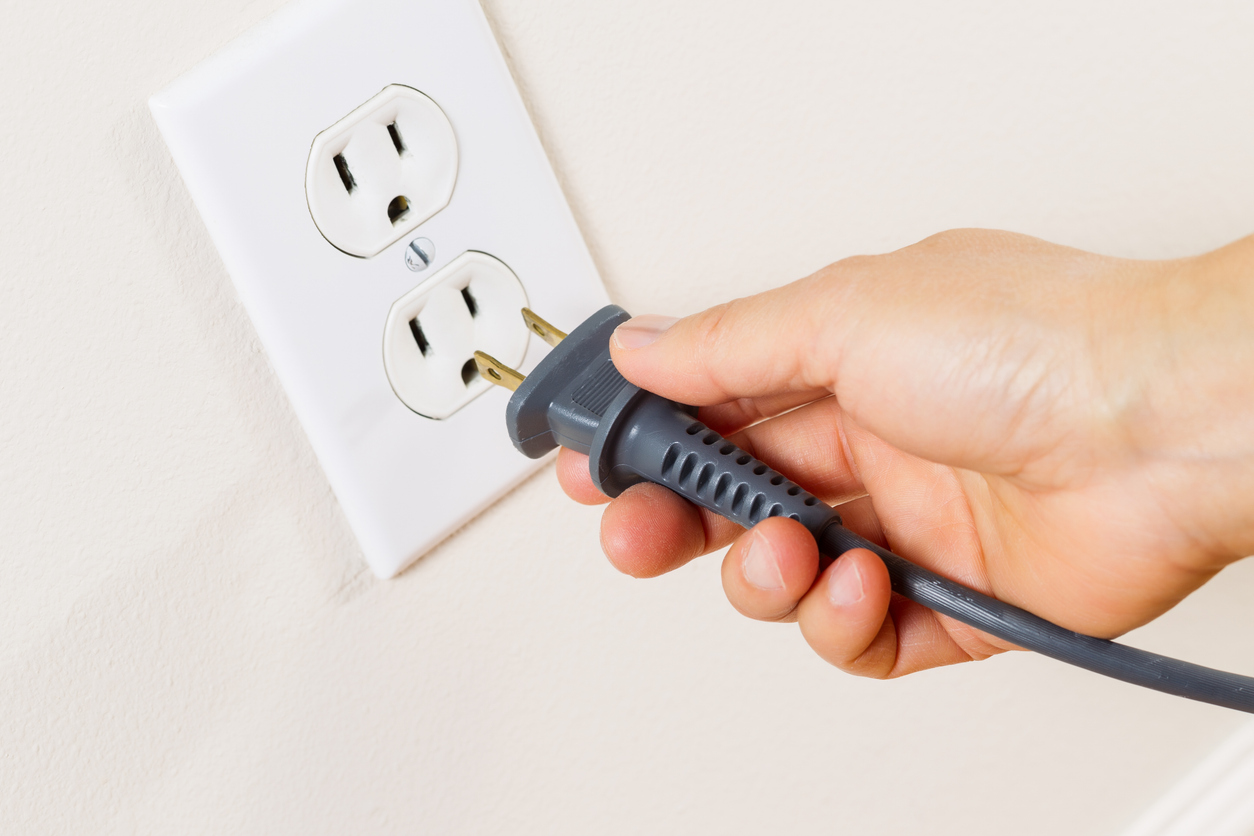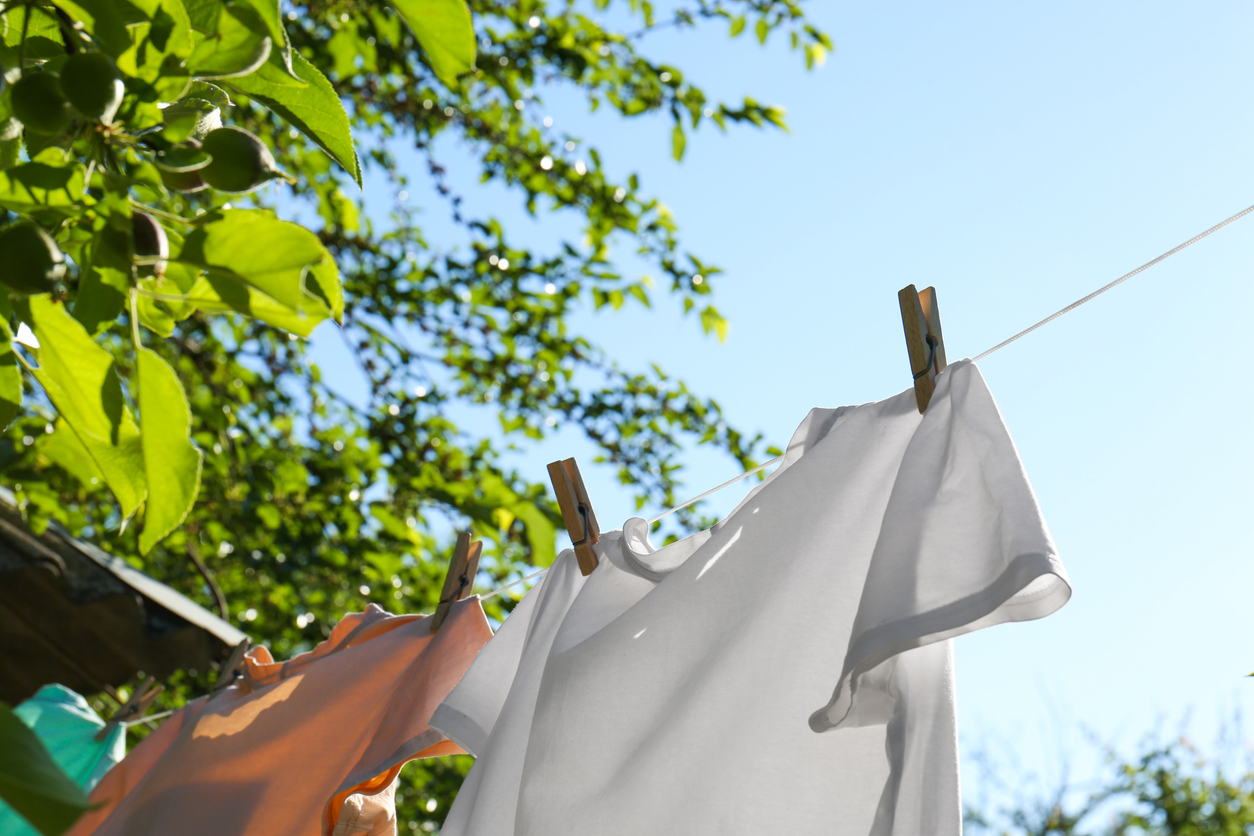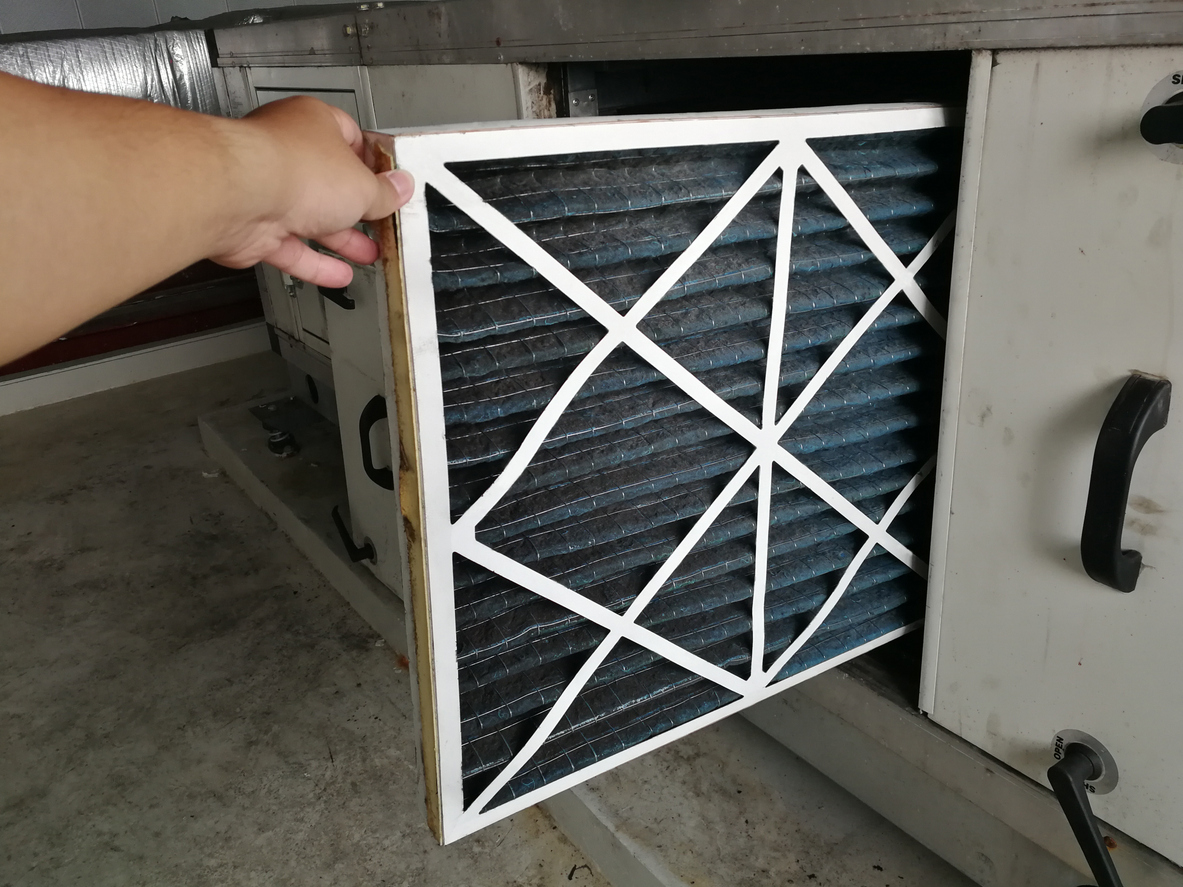These low- and no-cost tips can help you save energy and money. From lighting to your hot water heater, to air leaks and insulation, read on to learn how you can make your home as energy efficient as possible.


These low- and no-cost tips can help you save energy and money. From lighting to your hot water heater, to air leaks and insulation, read on to learn how you can make your home as energy efficient as possible.

.png)



**Please note that fans are not a replacement for air conditioning and are not sufficient for extreme heat or for treating heat-related illnesses. For temperatures above 95 degrees, fans are discouraged, because blowing hot air on the human body can increase rather than decrease body temperature. View Fairfax County's extreme heat resources. For help with air conditioning or bill payments, please see the Cooling Assistance program. To learn more about how heat is changing over time and how the county is adapting to changing conditions, please see Resilient Fairfax.
In addition to saving energy and money, eliminating drafts will improve your comfort at home. Although some drafts can be felt with your hand, many are harder to detect. Visit our Thermal Camera Loan Program page to learn how to borrow a thermal camera and find hot and cold spots in your home. You can borrow a Conserve Kit from the Fairfax County Public Library which contains free consumables, such as socket sealers, caulking, and weatherstripping, that you can use to help seal your home. Once you've found your problem areas and have your Conserve Kit, here are some simple solutions to consider:

Home is where the heart is. It’s also where the energy bills are. On this webpage, you’ll information, resources and assistance to encourage energy-saving activities and behaviors at home.
